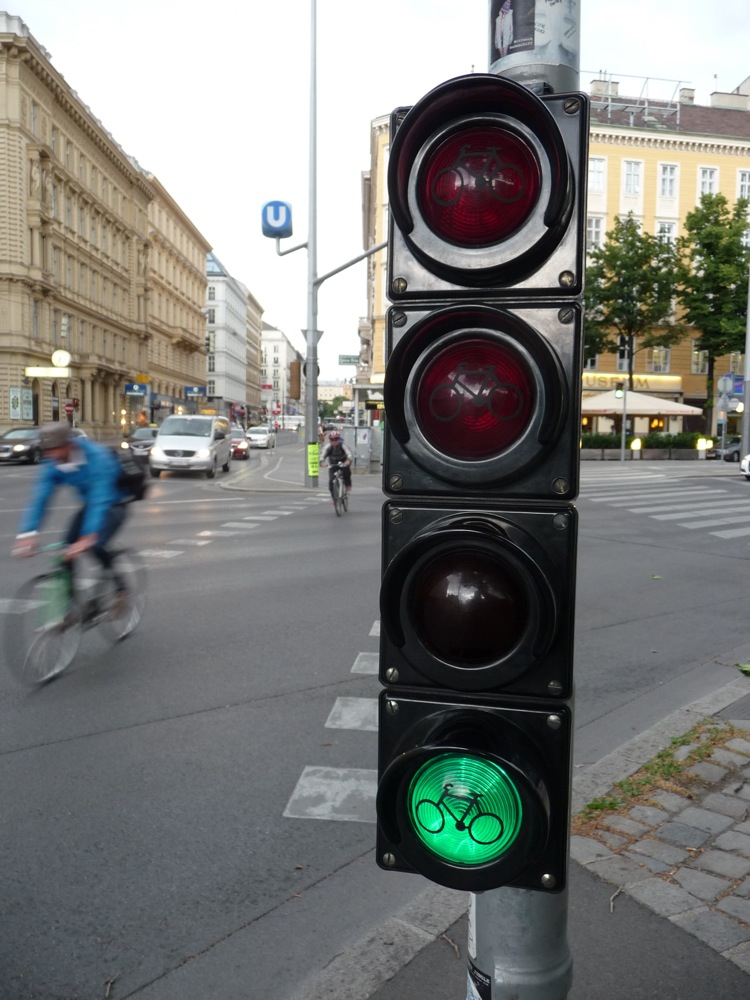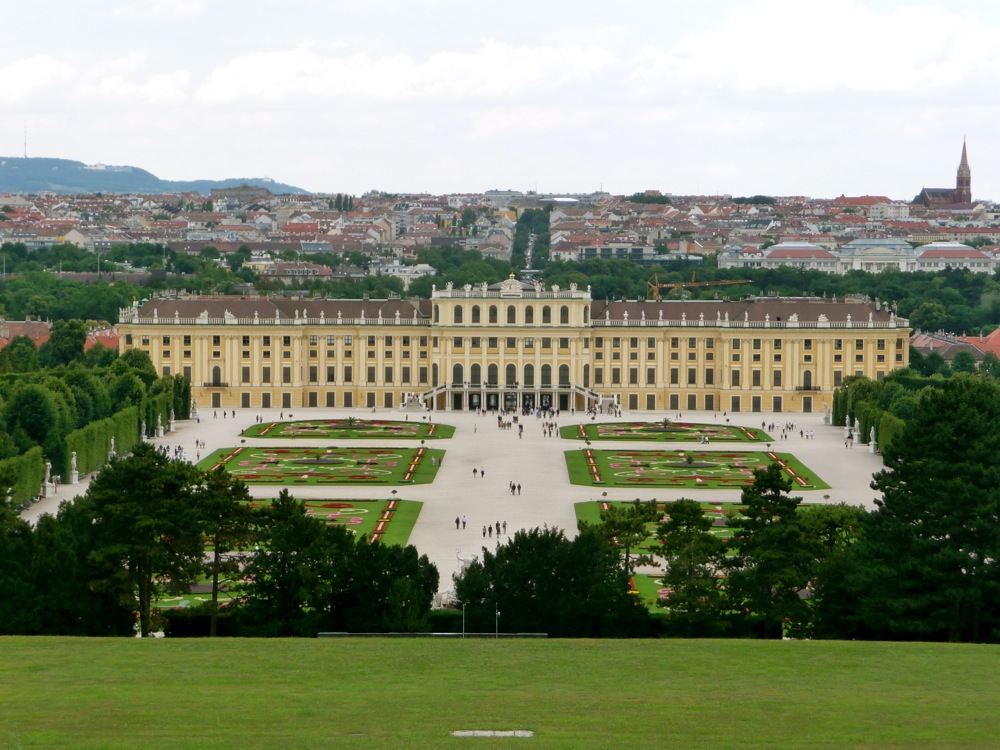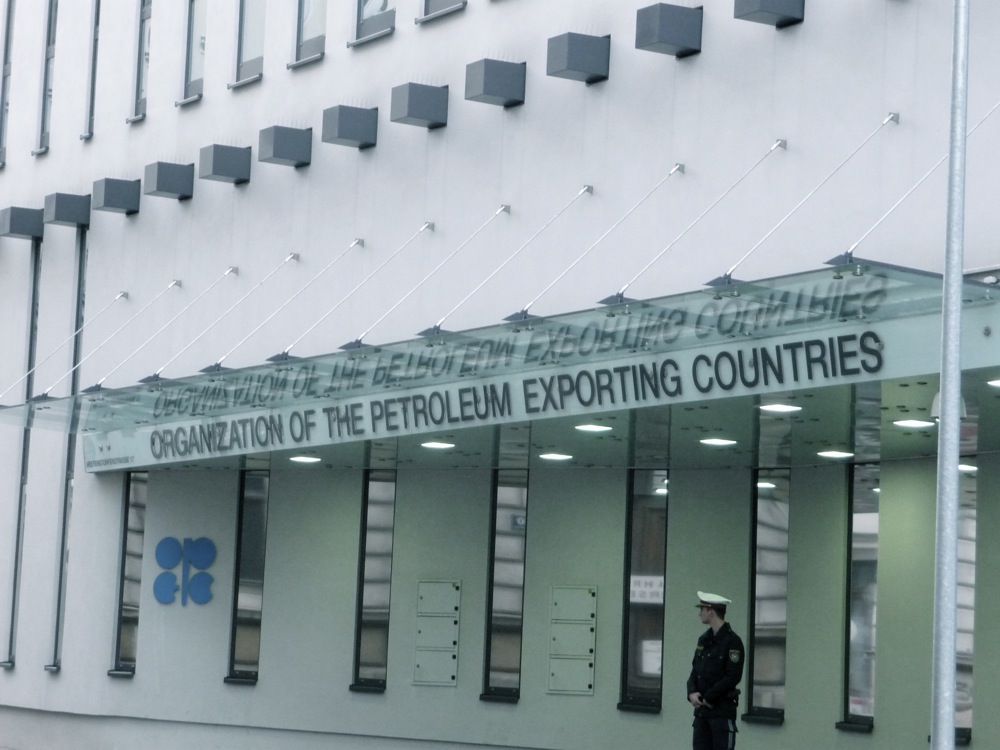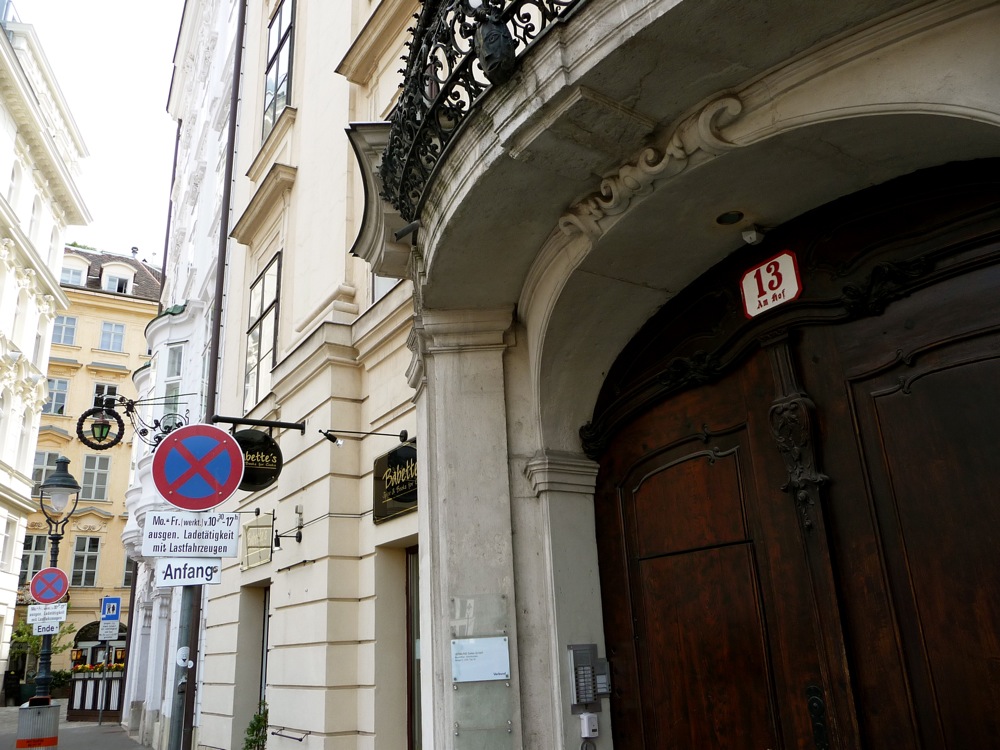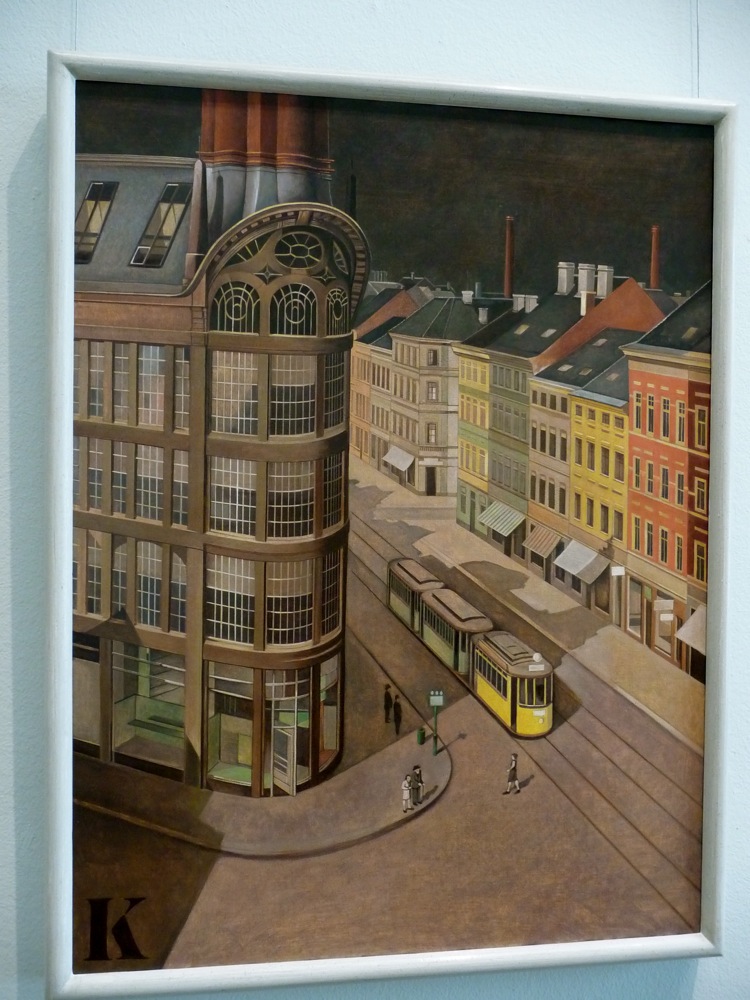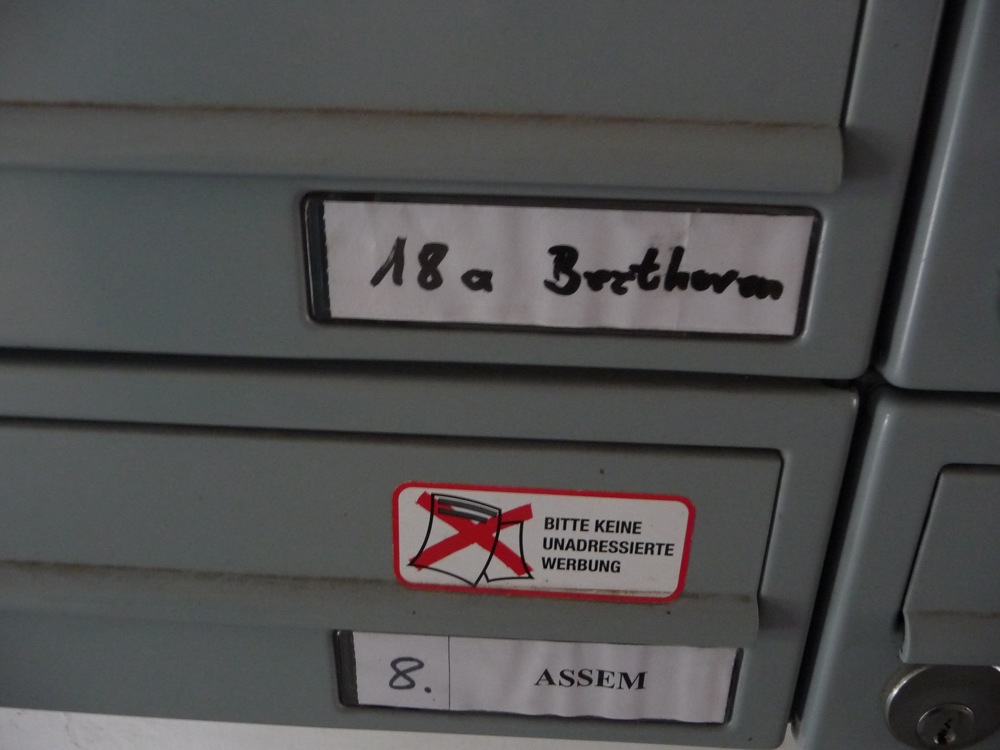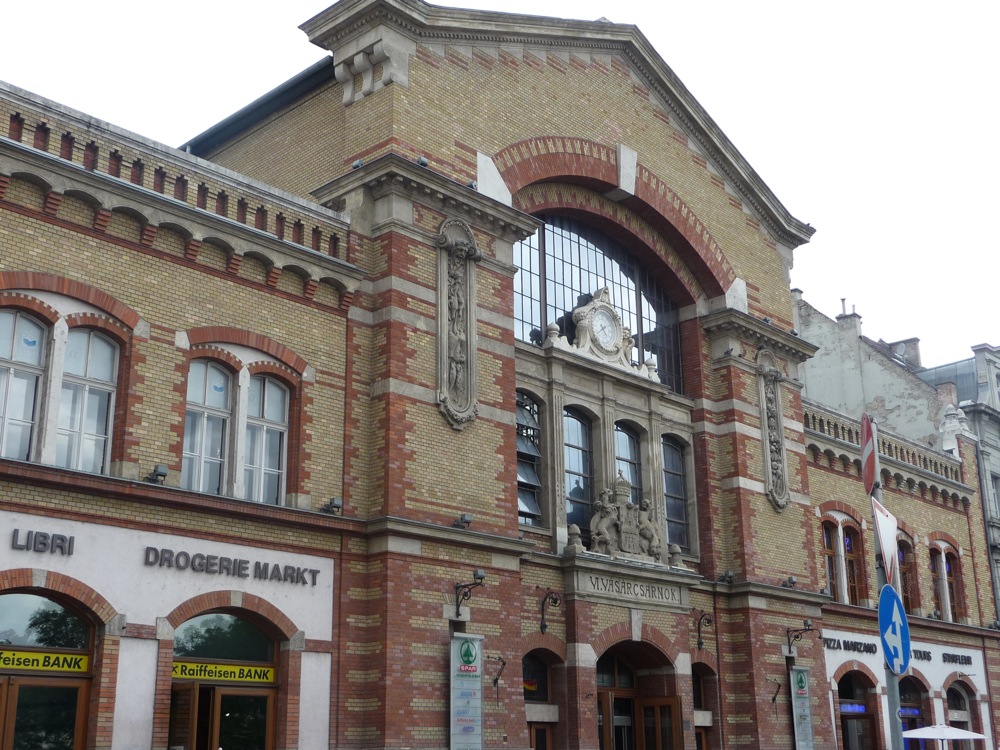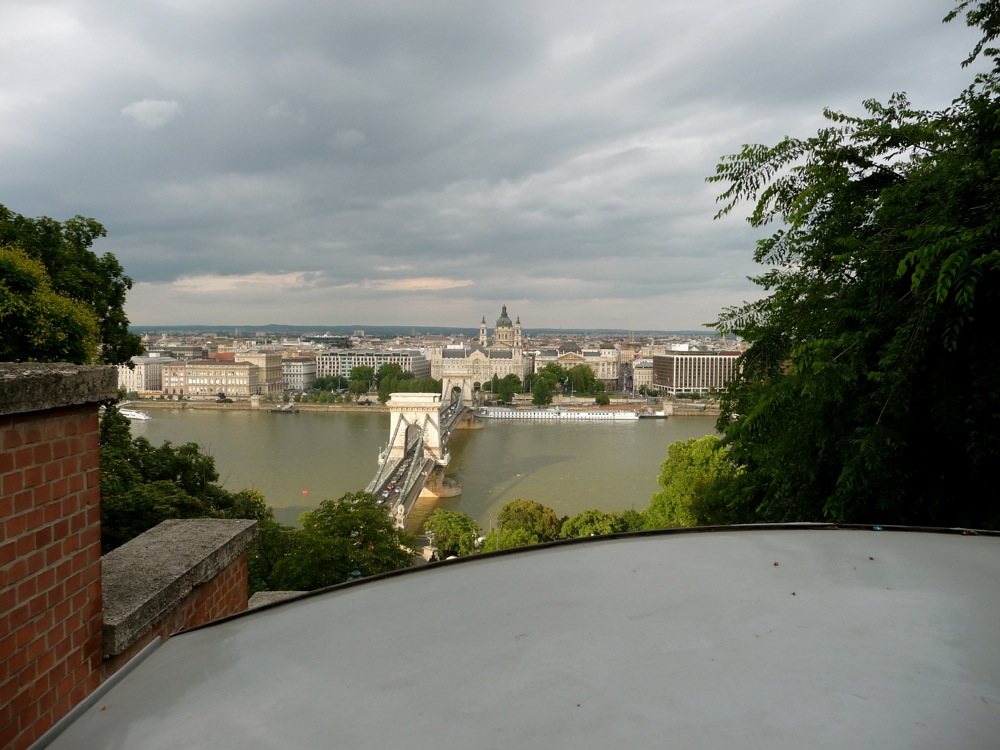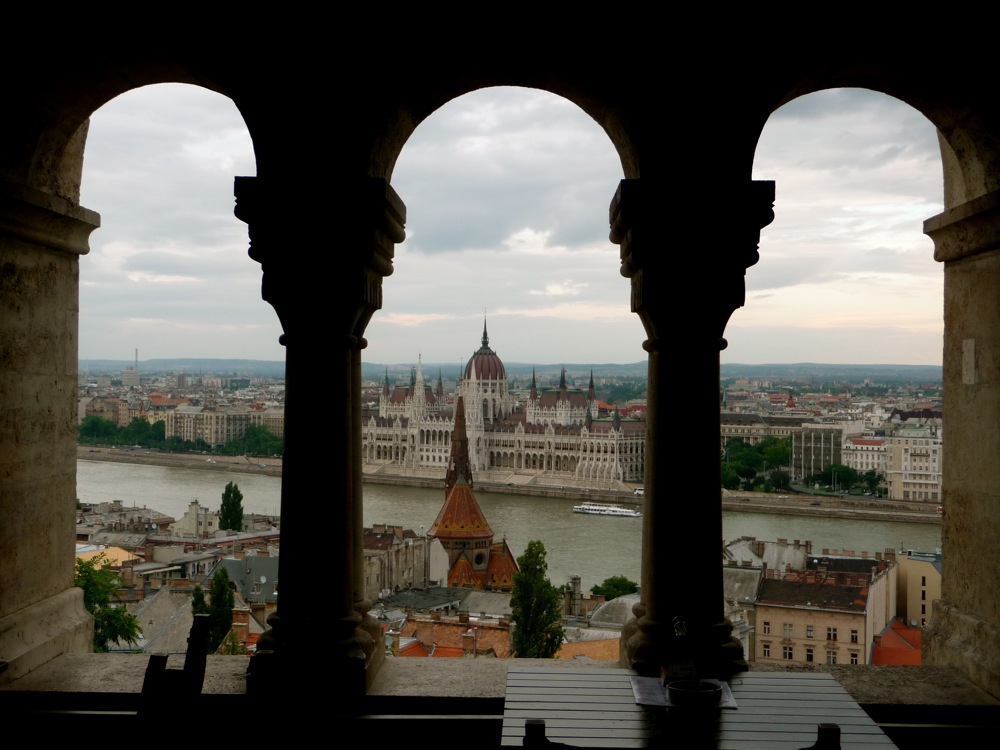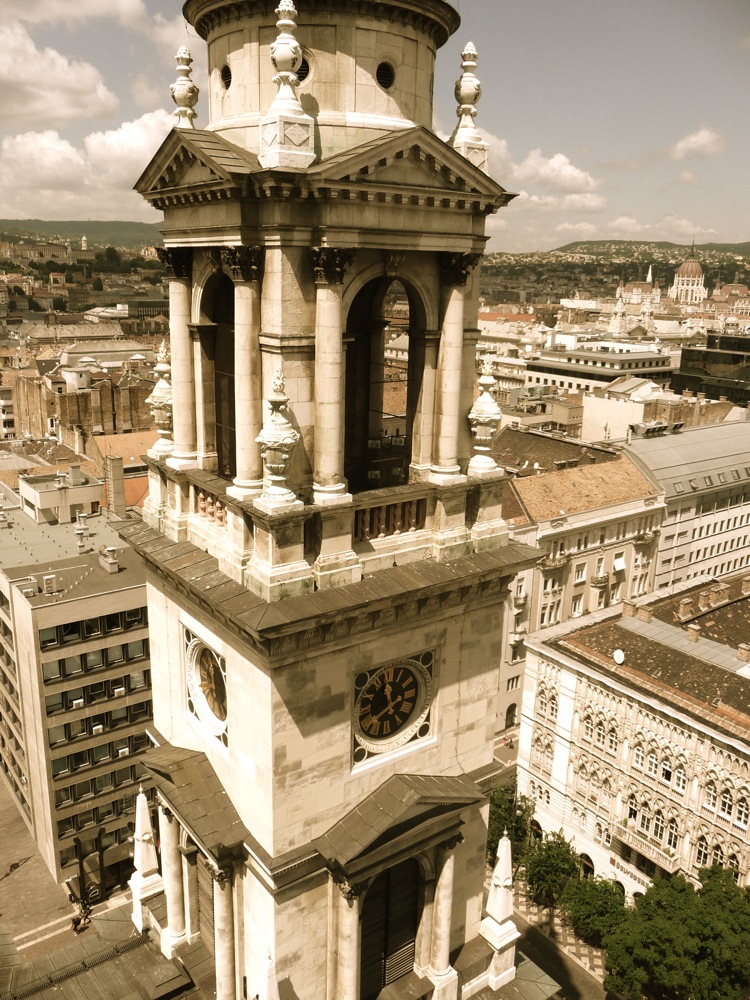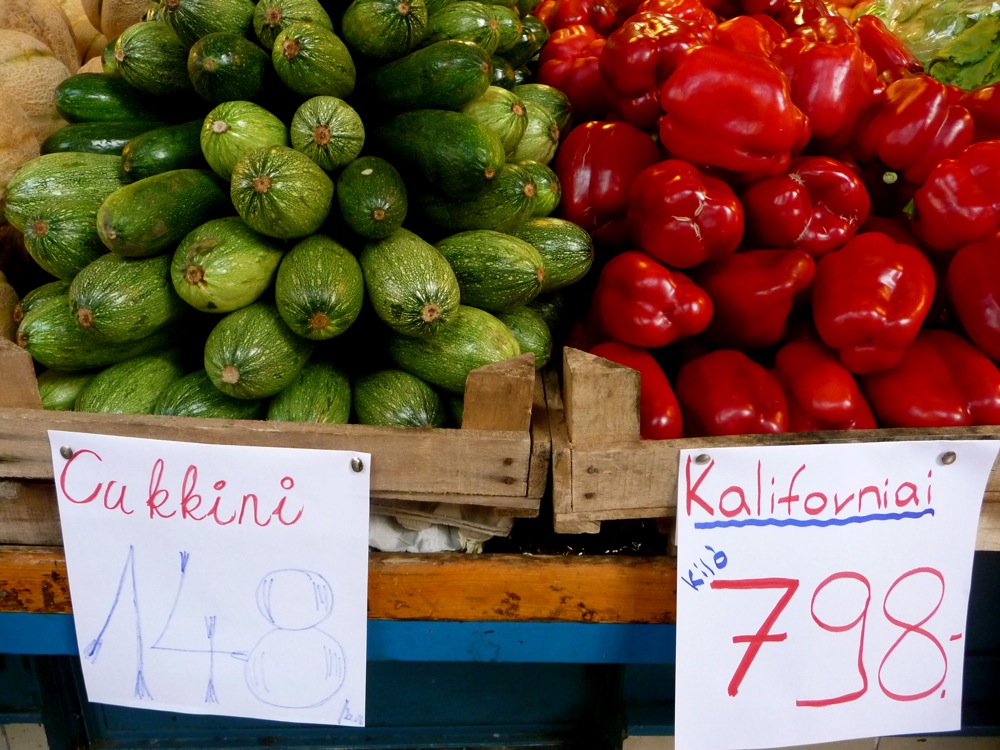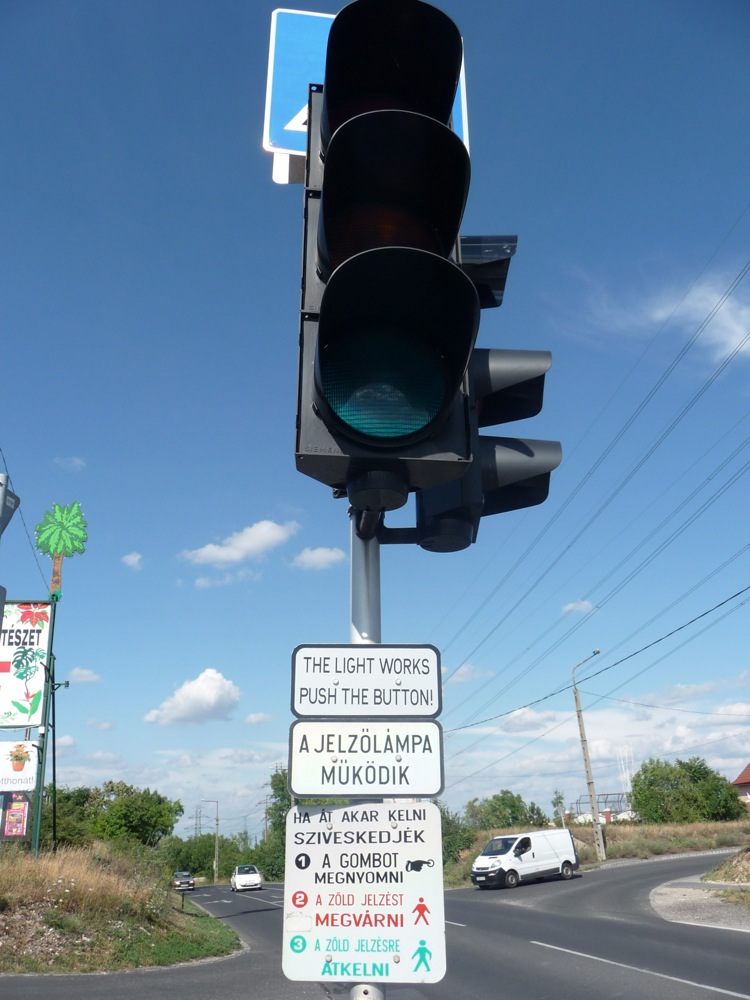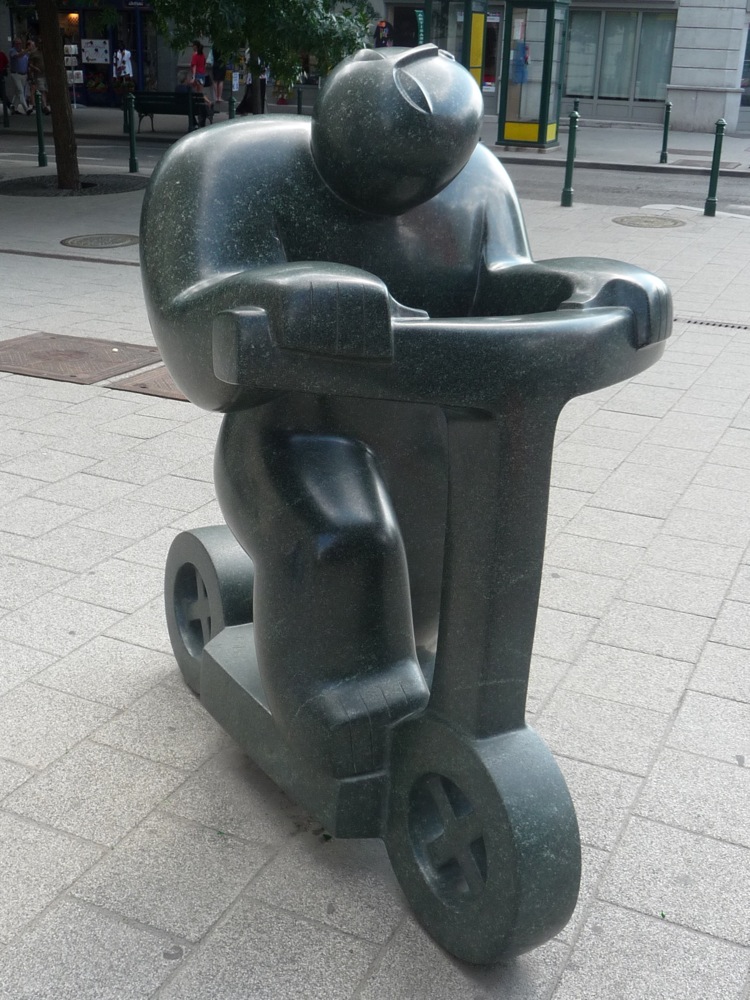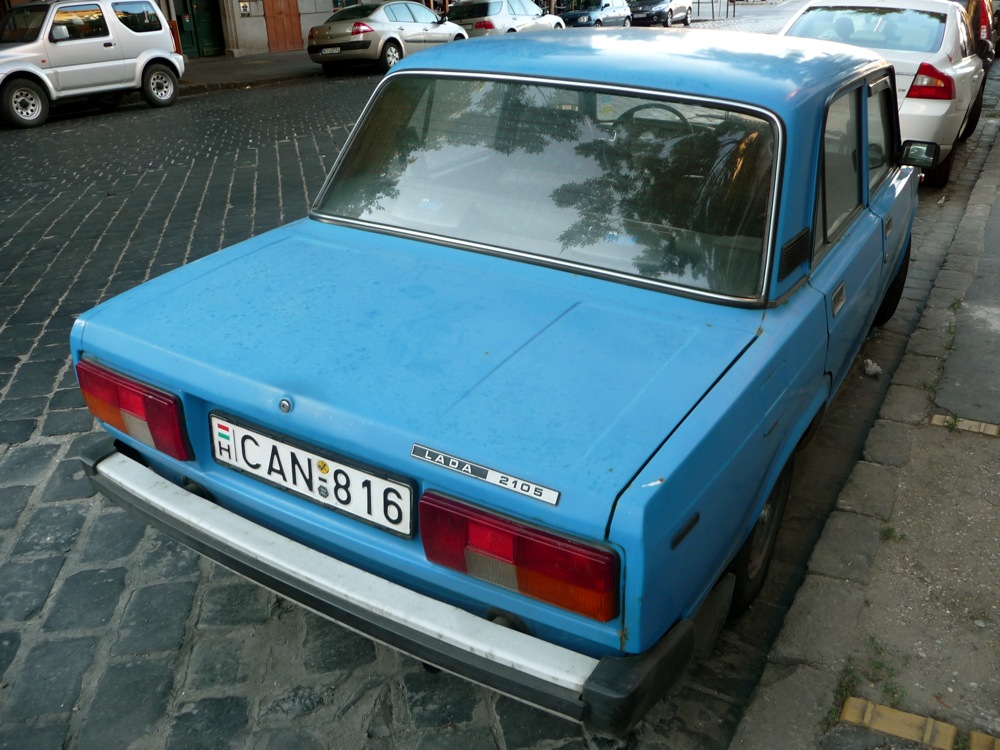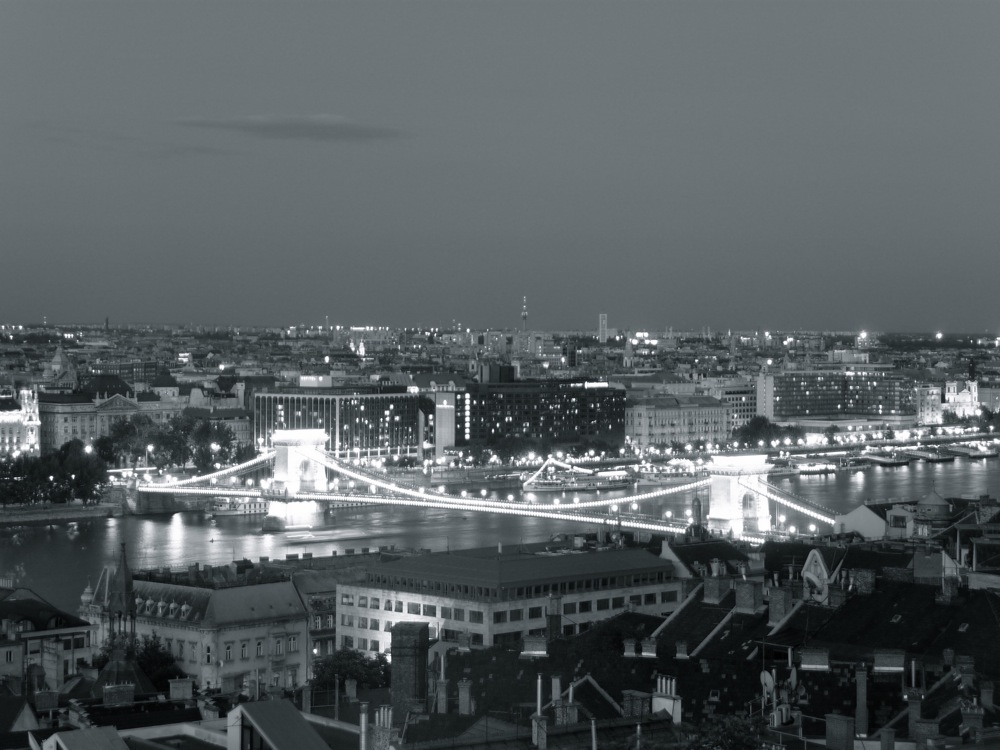A sample text widget
Etiam pulvinar consectetur dolor sed malesuada. Ut convallis
euismod dolor nec pretium. Nunc ut tristique massa.
Nam sodales mi vitae dolor ullamcorper et vulputate enim accumsan.
Morbi orci magna, tincidunt vitae molestie nec, molestie at mi. Nulla nulla lorem,
suscipit in posuere in, interdum non magna.
|
This week’s list is wildly varied, hope you enjoy:
Abandoned Suitcases Reveal Private Lives of Insane Asylum Patients – Very moving project by one photographer to bring to light the most precious and important items of former asylum patients. (Hunter Oatman-Stanford for Collectors Weekly)
The Secret Of Costco’s Success – I try not to be much of a consumer (not judging you), but I have to admit that I have always loved Costco (don’t judge me). I’d like to think my reasons are the same reasons Costco is so successful, i.e. they choose to take care of their employees, among other things. Turns out they run their business empirically, and don’t get caught up hiring strategic consultants and chasing the latest economic or b-school “innovations”. (Kathleen Geier for the Washington Monthly)
What Type Of American Would You Trust To Work At The NSA? – The correct answer should be “none of the above”, but we tend to view the NSA as a system or machine that provides “safety and security”, which lets us convince ourselves (sometimes) that somehow they can find employees who will keep the public trust without abusing it. Of course, no specific person could actually do that while following an NSA job description/scope. (Conor Friedersdorf for the Atlantic)
The Long Con – Who was Bernie Madoff before Bernie Madoff? Phil Ferguson, and his pyramid-empire lasted through the 1980s and 90s, far longer than it should have. Once the fraud was exposed, he escaped Indiana and stayed one step ahead of capture for almost 15 years. (Michael Rubino for Indianapolis Monthly)
This week’s list, although a little late, is possibly the best yet:
Stay Out Of Syria! – Powerful, thought-provoking argument against intervention in Syria. (David Bromwich for the New York Review of Books)
If Tesla Would Stop Selling Cars, We’d All Save Some Money – Sure, Tesla makes an awesome (and expensive) car, but it’s not yet making good economic sense. All of its recent profits come not from selling cars, but from selling emissions credits to other car companies. (Patrick Michaels for the Cato Institute)
Company Man – David Sedaris discusses the various pitfalls of having company. (David Sedaris for the New Yorker)
A Cucumber Map Of Europe – An amazing visual examination of history, geography, politics, and language in Europe based simply on mapping the word for cucumber in all its local variants. Did you know about The Greater Cucumber Co-Prosperity Sphere? (Frank Jacobs for Big Think)
This week’s list is a little shorter, with New York as a common theme.
Goodbye To All That – Having lived in New York briefly in my mid-20s nearly 50 years after the author did the same, I am amazed with how deeply this piece resonated with my experience there, especially my sense at the time that “nothing like this, all evidence to the contrary notwithstanding, has ever happened to anyone before.” (Joan Didion, 1967)
Everything In This City Must – What can 6 months in a new city teach you? Follow this professor and author who takes a six-month leave to Leipzig, in the former East Germany, and returns to find his home city, New York, potentially unfit to live in. (Alexander Chee for the Morning News, 2013)
For An Auschwitz Survivor, His Son’s Graduation Spelled Freedom – No matter how challenging your life has been, most likely it is not as challenging as surviving Auschwitz. An amazing story of what never giving up looks like, and how it can create a better future. (Harley Rotbart for The New York Times, 2013)
Here Is New York – “No one should come to New York to live unless he is willing to be lucky.” (E. B. White for the New Yorker, 1949)
Last week was the Tour of California, so you probably didn’t have much reading time. Luckily, I kept a short list of last weeks best reads for you:
Welcome, Robot Overlords – Want to guess who’s going to come out on top in the battle between Capital and Labor? You might want to put your money on Capital. Why? Robots. (Kevin Drum for Mother Jones)
Why Are Birthrates Falling All Over The World? – Education? A shift away from fundamentalism? Birth control? This author posits that it’s the result of the spread of cable TV, with all the enlightenment that entails. (Brad Plummer for the Washington Post)
What We Mean When We Say ‘Race Is A Social Construct’ – Do you (like me) think that race refers to natural differences in physical traits? Here’s a thought-provoking argument that no coherent, fixed definition of race actually exists. (Ta-Nehisi Coates for The Atlantic)
How The Case For Austerity Has Crumbled – A good overview of the roots of the recent austerity craze, and how the problems of pushing for austerity during poor economic times are even deeper than the recent spreadsheet errors by Harvard economists Reinhart and Rogoff. (Paul Krugman for the New York Review of Books)
Why Is Finance So Complex? – Mind blowing summary of what a bank really is, and why we must lie to each other and ourselves about the “safety” of a bank in order to pool our money and invest in large enough projects to create a society. (interfluidity.com)
Extras
Geoguessr – Best geography/browser game ever. Get dropped somewhere in Google street view and take a guess where in the world you are.
Coolest Bridge Ever? – The new Millau Viaduct in France pushes the envelope of both complexity of design and simplicity of look as it flies 885 feet in the air above the Tarn river valley.
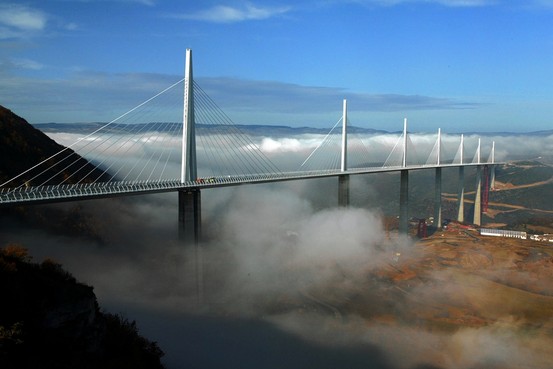
Last week’s best reading:
The Smallest County in the U.S. – Can you guess where the smallest county in the U.S. is? Here’s a hint: you can only reach it by donkey or boat. (Ken Jennings for Conde Nast Traveler)
Income Inequality and Mass Transit – I love this aspect of the internet, the ability to create interactive, data-driven graphs, maps, etc. Check out this mashup of household income around each transit station in the Bay Area. (@dangrover and @mikez)
I Want To Be The Slow Money – Great opinion piece on what good investors do in the face of perennial information overload. Basically, don’t try to be faster than everybody else, because that is utterly impossible. (Ivan Hoff)
What A Stupid Idea – This. In case we needed more evidence, pessimists (or the pessimistic part of ourselves) do not make the world. (Dustin Curtis)
Here are the best things I’ve read in the last week, in no particular order:
The Depositor Haircut – The sad, twisted path to the economic collapse in Cyprus runs through Greece, Russia, the ECB, and none other than Slobodan Milosevic. And if you think only “bad russian mobsters” got their money wiped out, think again. (James Meeks for the London Review of Books)
The 13 Creepiest Things A Child Has Ever Said To A Parent – Our son doesn’t talk yet, but I sure hope when he does he doesn’t have any stories like these kids. (Matt Bellassai for Buzzfeed)
One Week Of Food – Brilliant photo essay of families in various countries pictured with one week of their typical food in front of them. (Peter Menzel for fstoppers.com)
Are All Telephone Calls Recorded and Accessible to the U.S. Government? – The answer, unfortunately, appears to be “yes.” (Glenn Greenwald in The Guardian)
More Than Half The World’s Population Lives Inside This Circle – Great use of GIS to highlight how amazingly crowded Asia is compared to the rest of the world. (Valerie Pieris via io9 via Reddit)
I’m nearly done with the huge, but interesting, story of the building of the Brooklyn Bridge, and have really enjoyed learning about Washington Roebling, the chief engineer, who started his work on the bridge in his early 30’s and saw it through to completion 14 years later. After the bridge was finished, many people had questions for Roebling, and even though he had been bedridden and housebound for the last 8 years of construction thanks to multiple cases of the bends contracted while working on the foundations under the river and decompressing too fast, he still found time for some pithy replies. My favorite so far is his response to a question from Abram Hewitt, a Trustee of the bridge and future mayor of New York, regarding how the construction of the bridge compared to older accomplishments, such as the pyramids:
“To build his pyramid Cheops packed some pounds of rice into the stomachs of innumerable Egyptians and Israelites. We today would pack some pounds of coal inside steam boilers to do the same thing, and this might be cited as an instance of the superiority of modern civilization over ancient brute force. But when referred to the sun, our true standard of reference, the comparison is naught, because to produce these few pounds of coal required a thousand times more solar energy than to produce the few pounds of rice. We are simply taking advantage of an accidental circumstance.”
That’s a long view that seems even more appropriate today, as we continue to take advantage of accidental circumstance and consume fossil fuels and energy at an ever more increasing rate. We are not getting more for less, just lucky. Roebling then continues with this pointed paragraph, which every engineer could heartily agree with:
“It took Cheops twenty years to build his pyramid, but if he had had a lot of Trustees, contractors, and newspaper reporters to worry him, he might not have finished it by that time. The advantages of modern engineering are in many ways over balanced by the disadvantages of modern civilization.”
Among other things, I am an engineer, which is to say that I spend the majority of my work time doing things that most people would be bored to tears by. The problems I attempt to solve can’t be boiled down to talking points, or even really discussed at all without first understanding relatively long and complicated backstories. Many times, I will spend weeks or even months developing something that ends up being set aside unused thanks to a change in the political wind direction, either inside my company or at the client level. Or, conversely, I will spend valuable time rehashing and re-presenting old information to an obstructionist designer or stakeholder who refuses to follow the chain of reasoning laid down in past reports and wonders why Idea X (usually their idea) hasn’t been included, even though it doubles the cost, or provides no measurable benefit, or has already been shown to be unnecessary.
So it may come as no surprise that I have lately found myself scrambling to find a success story, a vision, an Engineer who has Overcome. In doing so, and thanks to the recommendation of my uncle, I’m reading The Great Bridge, the second book by author and historian David McCullough. About halfway through the book, I found this gem, taken from the June 22, 1872 issue of the Brooklyn Daily Eagle, and written by Thomas Kinsella:
“…He is the thinker who acts. He contributes to his country’s sum of achievements as much as and less expensively than the soldier. His ends, in the elevation of the race and in increasing the aggregate of its capacity and performance, are kindred to the statesman’s. And if there be those who think that the work of the Engineer is only hard and material, that there is no charm of art in its processes, let them read the story of the building of the Bridge.”
The Bridge, of course, is the Brooklyn Bridge, and even though it is couched in the Gingrichian grandiosity of 19th century American English I have to say I love the sentiment.
So…last summer we got to take an astonishingly awesome vacation, as discussed here, and here, among other places. It’s taken me a long time to get back to blogging this trip (which we came home from eight months ago), but here’s another stab at getting to the end of it:
Leaving Melk, we entered a land where castles, often in ruins, sit on hilltops
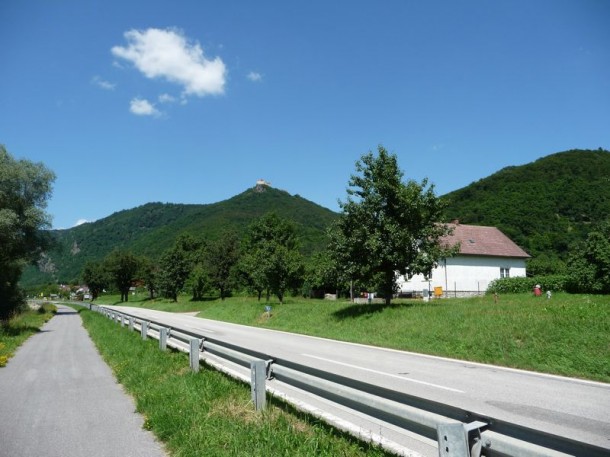
or halfway up a mountainside.
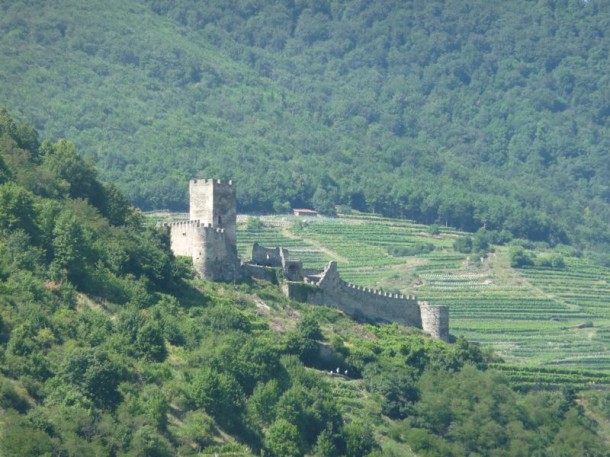
That last one, by the way, reminds me of a “castle” here in the napa valley (Castello di Amorosa) that, while it aspires to offer an authentic castle experience, is missing key elements such as a history measured in centuries, for example. We like to ask our guests to vote: “Classy” or “Trashy” and here’s a photo so you can judge for yourself.
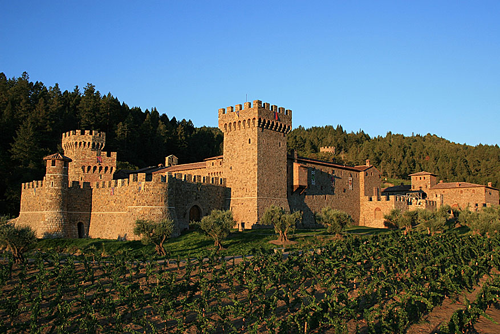
But I digress. One of the coolest things we encountered on the Danube was a large riverboat that crossed the river from side to side without using an engine of any kind. A cable was strung across the river, and the boat, downstream of the cable, could just angle slightly in the direction of the other side and the river current would pull the boat across in just a couple minutes.
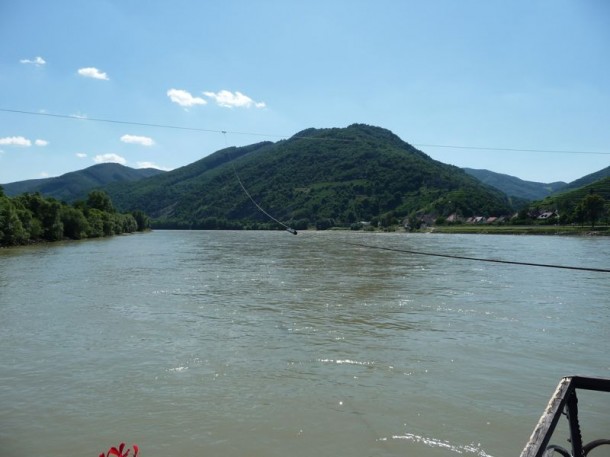
After this particular crossing, we entered the Wachau valley, a major wine-producing region of Austria. It was quite spectacular.
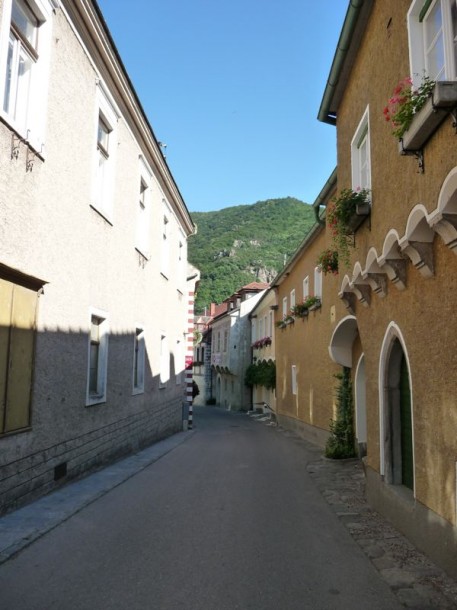
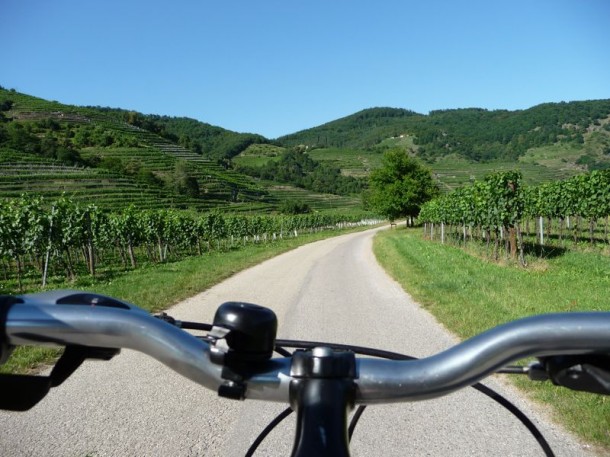
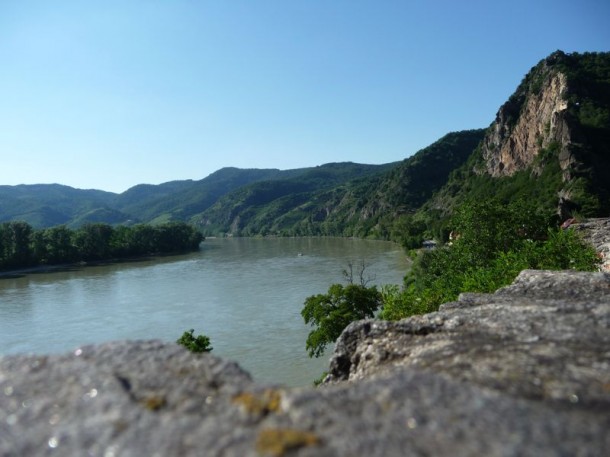
After a night in Tulln, our last day of biking took us to Vienna. We got to Vienna in early afternoon, just as a huge thunderstorm was hovering on the edge of town, and the gusty winds propelled us first down this strange island in the Danube populated by strange human-powered-vehicles like this one:
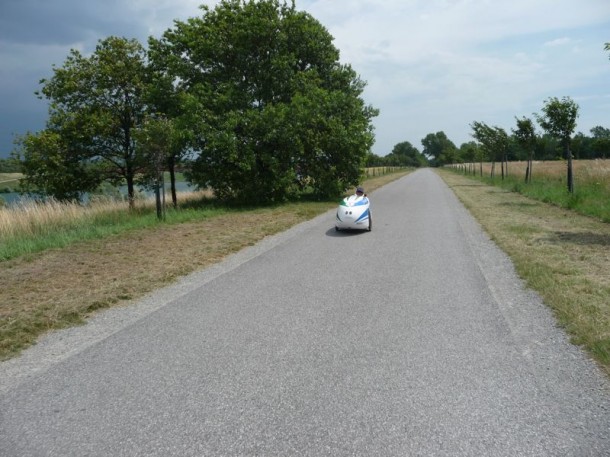
and then as we changed direction to go downtown, the wind turned against us, making it so that we could hardly stand up and walk with our bicycle, let alone ride.
Upon returning our bikes, however, we were immediately sad to face the fact that the rest of our trip would be without them. I can’t recommend bike tours highly enough, at least in this part of the world. It is an unbeatable way to get to know a place, its towns, rural areas, people, food, and beauty. We used Bike Tours Direct, and, in case it wasn’t already obvious, had a very positive experience.
I’ll continue the rest of our trip through Vienna, Bratislava, and Budapest, which took place using more conventional modes of transportation, in a future blog, hopefully sooner rather than later.
|
|



